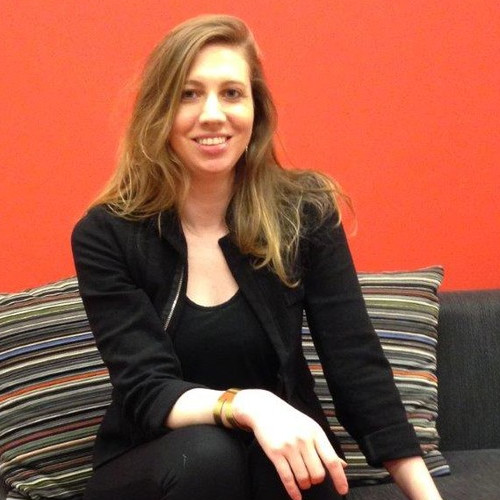Topics
May 15, 2018
.avif)


May 15, 2018
.avif)


John Garvie, Manager of User Experience Research at LinkedIn, says UX research is disrupting the Enterprise game. Garvie says people who think Enterprise UX is a dry area simply haven’t been paying attention.
In recent years, Garvie says, Enterprise UX has done a 180, as companies start to realize the importance of the B2B experience. At the forefront? Researchers. Garvie breaks down how research teams across LinkedIn’s suite of Enterprise products are leading that transformation.
People Nerds spoke with Garvie as part of a “deep dive” conversation series with LinkedIn’s Enterprise UX team.
John Garvie: There are two sides of LinkedIn, there's Linkedin.com and then there's a whole set of tools that are on the back-end of LinkedIn that are leveraged by professionals. Linkedin.com is all about allowing people to connect with their professional network, to communicate and engage around professional topics, and to find jobs.
The back-end suite of tools are all about enabling various professionals—marketers, salespeople, recruiters—to do their jobs better inside of organizations. That's the enterprise side of things. What I’ve come to realize is that Enterprise UX is a much more nuanced and rich area for user experience research than even I initially thought.
What I’ve come to realize is that Enterprise UX is a much more nuanced and rich area for user experience research than even I initially thought. Before LinkedIn I was working in experience strategy consulting, and when I made the switch into UX I had the choice of working either on the consumer side or the enterprise side of things. I was really interested in exploring the enterprise side.
There is this perception that the enterprise side of UX is dryer, but it’s actually an incredibly rich area of research. Really diving into the way people work is incredibly interesting.
You can really start to understand the nuanced ways people get their jobs done, and the ways people are delivering value inside complex organizations. You learn one thing, and another, and as you continue to peel back the onion you learn more and more and more—it’s just incredibly invigorating as a researcher to do this kind of stuff, and to have that opportunity to really affect change in someone’s career. I think we're just really in the beginning of this transformation on the enterprise product development.
In part it’s just that UX design, and in particular UX research, is starting to become more mainstream. Companies are recognizing the importance of it. On the consumer side, I think it’s been clear for a while—that you have to deliver your customer and your users a good experience, and that that matters.
But on the enterprise side, when it came to the products and experiences that your employees were using, there was still this belief that all you really had to do was throw together a functional experience and that that would be good enough. That's not the case anymore. People inside organizations don't just want to use a tool that gets the functional job done, they actually want to experience something that allows them to be better at what they do.
“People inside organizations don’t just want to use a tool that gets the functional job done, they actually want to experience something that allows them to be better at what they do.”
John Garvie
Manager of User Experience Research, LinkedIn
Businesses are starting to understand that they need to deliver those kinds of experiences to employees too if they want to stay competitive. Not just functional experiences, but emotional experiences, meaningful experiences.
Functional gets the job done. Meaningful suggests that, through the use of this tool I get to experience a full range of different positive experiences. But it really goes beyond the emotional. Meaning is an experience that makes life worth living, right? These kinds of experiences fundamentally change you in some significant way. But emotional experiences are short-term.
Many organizations like to say that their products “delight” their customers or users. But delight is only a temporary experience that will keep customer engaged in the short term. Yeah, maybe the product experience is interesting and fun and engaging, but then you’re done and it’s over.
You’re unlikely to ever feel that same sense of “delight” again. It’s a one and done experience. But meaning is transformational. I think that that's the place where enterprise products can go, that’s where I see this field going, moving past the functional, past the emotional and into that meaningful area where we can actually deliver these experiences that make your work life worth it.
People want to be transformed, they want to be moved in some way that progresses them forward in their overall career trajectory. We have a pretty strong point of view that we want to enable people to be able to do the best work of their careers. That’s really what the enterprise side is all about, giving people access to these tools to allow them to transform as professionals.
Carrie Neill is a New York based writer, editor, design advocate, bookworm, travel fiend, dessert enthusiast, and a fan of People Nerds everywhere.